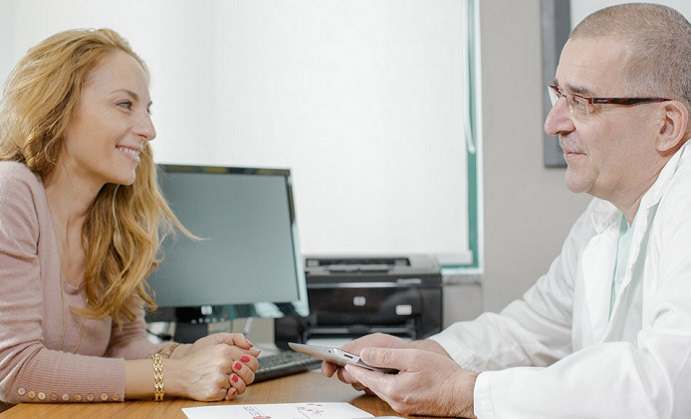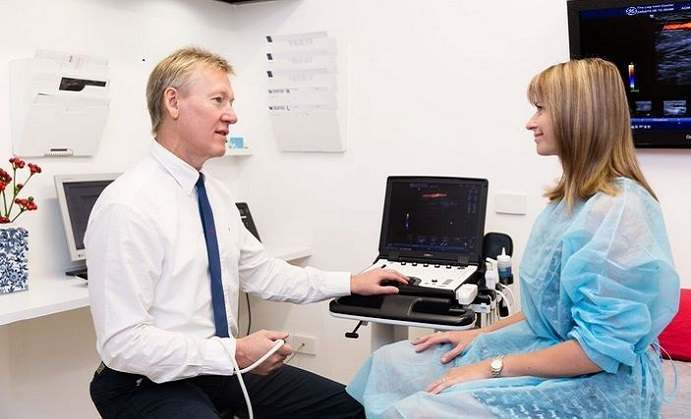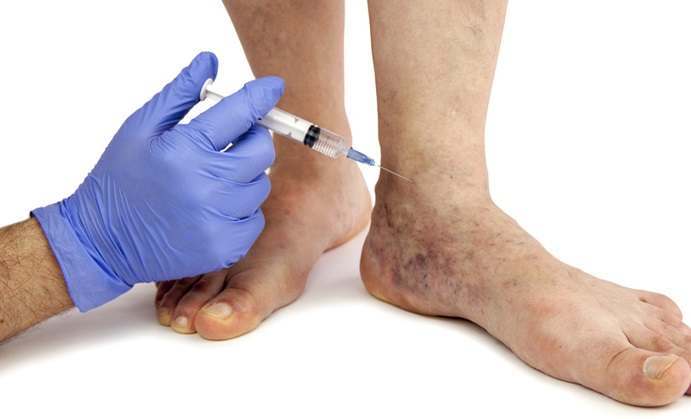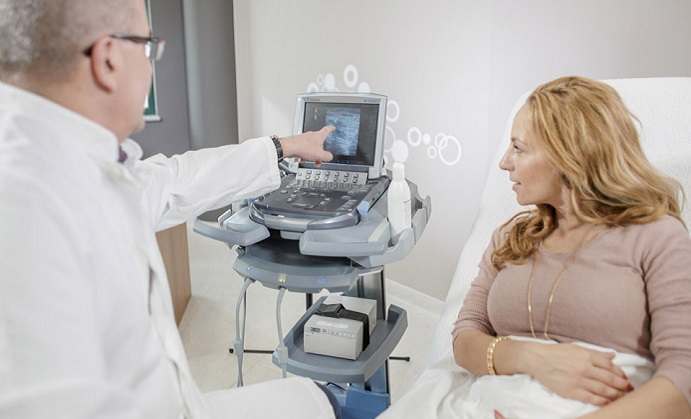Veins are a part of the cardiovascular system of the body. They allow blood to flow freely through the entire organism. When valves are not functioning properly, veins become unhealthy, inelastic and prominent. They become easily noticeable under the skin and sensitive to touch. The medical term for that condition is varicose veins. There are two kinds of veins present in the human body: deep, located near the muscles and superficial veins, located below the skin surface. They all contain valves which provide the right direction and intensity of the blood flow. In the U.S. varicose veins are considered to be one of the most common health problems that affect women.
What Causes the Occurrence of Varicose Veins
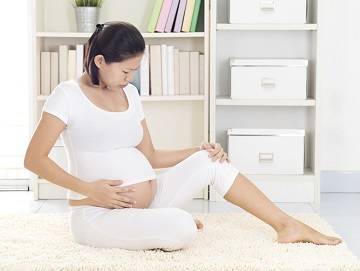 When valves are damaged, they fail to function properly and it causes varicosities. Genetics can contribute to the development of varicose veins since family history is one of the risk factors. When people stand for a long time, their legs can become stiff and muscle pain can occur.
When valves are damaged, they fail to function properly and it causes varicosities. Genetics can contribute to the development of varicose veins since family history is one of the risk factors. When people stand for a long time, their legs can become stiff and muscle pain can occur.
Veins are especially sensitive during pregnancy because of hormonal changes and weight gain. The levels of the hormones: progesterone and estrogen are very unstable, this fluctuation greatly affects veins and other blood vessels.
Obesity and some extra weight can also cause varicose veins. Legs will have to carry an additional burden and unnecessary pressure. Vigorous exercising is contraindicated and prolonged standing should be avoided. Ageing can negatively influence the overall health of the veins.
Physical Signs and Symptoms of Varicose Veins
 It can sometimes happen that people don’t have noticeable manifestations of varicose veins, although this condition is present. This can be very dangerous because hidden symptoms delay the diagnosis and timely treatment. If not treated quickly, varicose veins can cause serious and even life-threatening complications. When the blood flow is interrupted by a clot, the vein can be perforated by a high level of incoming blood pressure. This is known as thrombophlebitis and it is a very dangerous condition.
It can sometimes happen that people don’t have noticeable manifestations of varicose veins, although this condition is present. This can be very dangerous because hidden symptoms delay the diagnosis and timely treatment. If not treated quickly, varicose veins can cause serious and even life-threatening complications. When the blood flow is interrupted by a clot, the vein can be perforated by a high level of incoming blood pressure. This is known as thrombophlebitis and it is a very dangerous condition.
Home Care of Varicose Veins
Accurate diagnosis is crucial for choosing the adequate treatment of dilated veins. Some additional tools, like a cuff, for example, can be used to measure blood pressure on the veins. Also, an ultrasound can be useful for determining the presence of the blood clot in a vein.
If you have varicose veins you should treat them with special care. Avoid hurting yourself.
Home care treatments for varicose veins include a few simple, but beneficial methods. Lifting your legs for about half an hour will help the blood return from the legs and feet into the heart. Losing those extra pounds will do wonders for you, not just for your veins, but also for your self-esteem and overall wellbeing. Eating a well-balanced diet with plenty of fruits and vegetables, will positively influence your health in general, including your varicose veins. Being physically active. for example doing a moderate exercise routine daily is a good way to take care of your varicose veins. You should also avoid alcohol consumption as much as possible.


